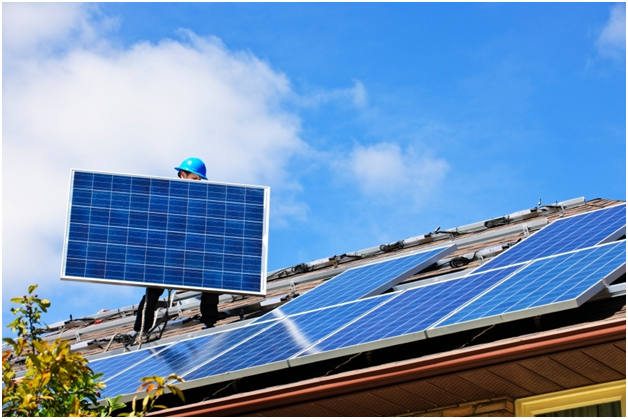While nearly 75 percent of New Zealand’s electricity comes from renewable energy sources, only 0.1 percent comes from solar power. With the government’s current energy policy aiming for 90 percent renewable energy by 2025, it is more important than ever to consider sustainable, alternative energy sources in your own home. Making the choice to switch to solar power in your home is a big step for the fledgling sustainable household. We understand that there are many different ways to be environmentally friendly in the home, and utilizing solar power is one of them. Before making the switch, it’s important to think about the following points about solar.
Financial cost
The initial outlay of solar power is off-putting to some potential customers, so it’s important to think about the money you have available to spend at the beginning. The average home solar system costs around $10,000 and comprises more than installation, as you will also have to pay for building permissions, wiring technology, and any planning or power exporting applications. However, prices have dropped substantially over the last seven years, compared to the average installation and setup cost of $40,000 in 2008. And as more and more people adopt solar power in their lives, making it more of the norm rather than exception, prices are sure to drop even further.
Exported power benefits
Power companies vary wildly in their buyback prices for exported solar power from homes (between seven and ten cents per kilowatt hour), so if you are out of the house during the day and not using your system’s generated power, your financial benefit is very low. If you are interested in making money from exporting your own power, it’s important to keep these figures in mind when making your purchasing decisions.
Roof size/type
Many people think that solar panels are simply installed onto any roof and immediately harness the power of the sun. While this is partially true, there are a number of factors to consider with regards to your environment in general and roof in particular. The size of the roof logically limits the number of panels that can be installed. Metal and tin roofs are the easiest (and thereby the cheapest) for solar installation, while tile and shingle roofs can be more complicated. For roofs that do not face north or sit under significant shade, additional costs may apply for inverters. If your roof is flat, your cost will be slightly higher as well as the panels will need to be angled properly to catch the right amount of sun. While some people install their own solar panels, it’s a wise decision to hire an expert contractor, to ensure that all these important factors have been taken into consideration.
Restrictions and charges
Before installation begins on your solar panels, you will need to contact your local lines company regarding any size and output restrictions for your system. Normally, residential properties have a 10 kW limit, but do double check to be sure. Power companies will also likely charge administration fees to export to the grid, and local councils may charge to consent to installation or give additional restrictions on your home solar system.
Technology development
As with any electronic product, it is possible, even likely, that the technology used to generate solar power will become faster and smarter with time. However, delaying your solar purchase will not save you money now, so it is important to weigh the potential lifetime savings of installation with the potential increase in product sophistication over time.
by Kaitlin Krull
Krull writes for Modernize.com and a number of home decor sites around the web.


